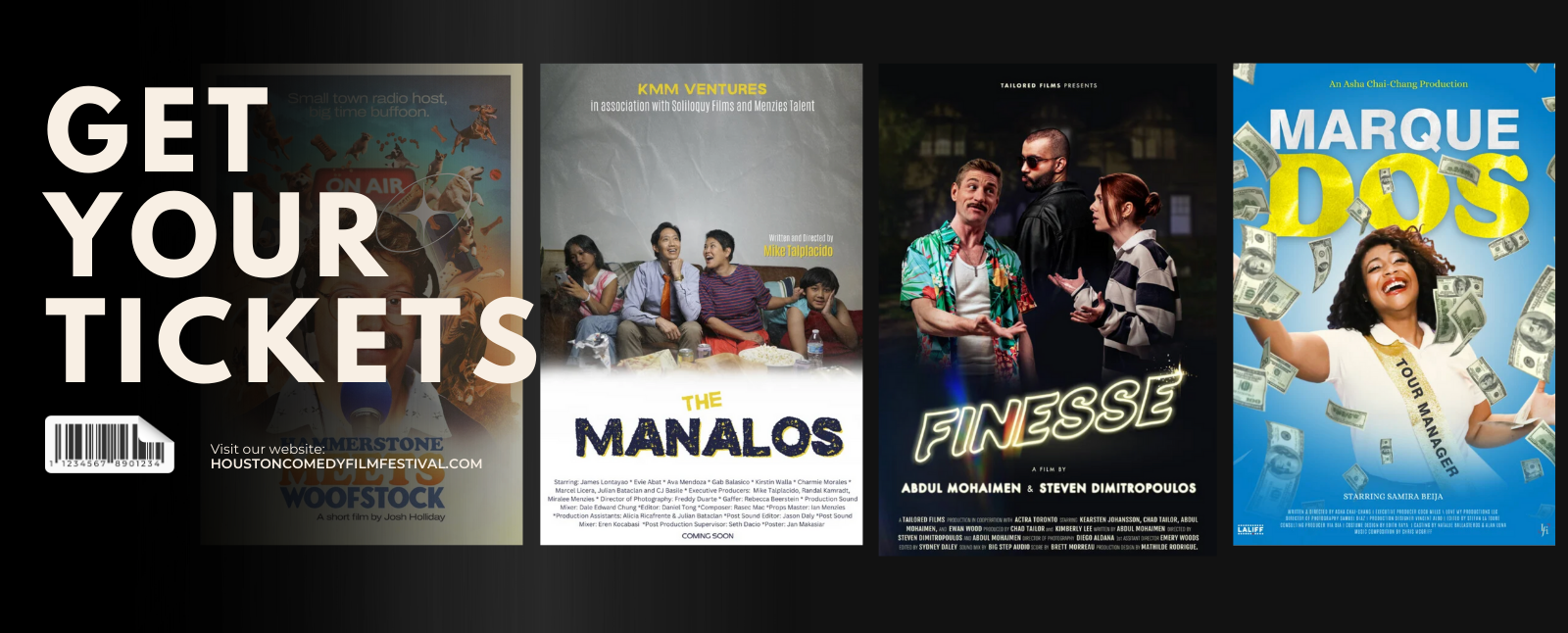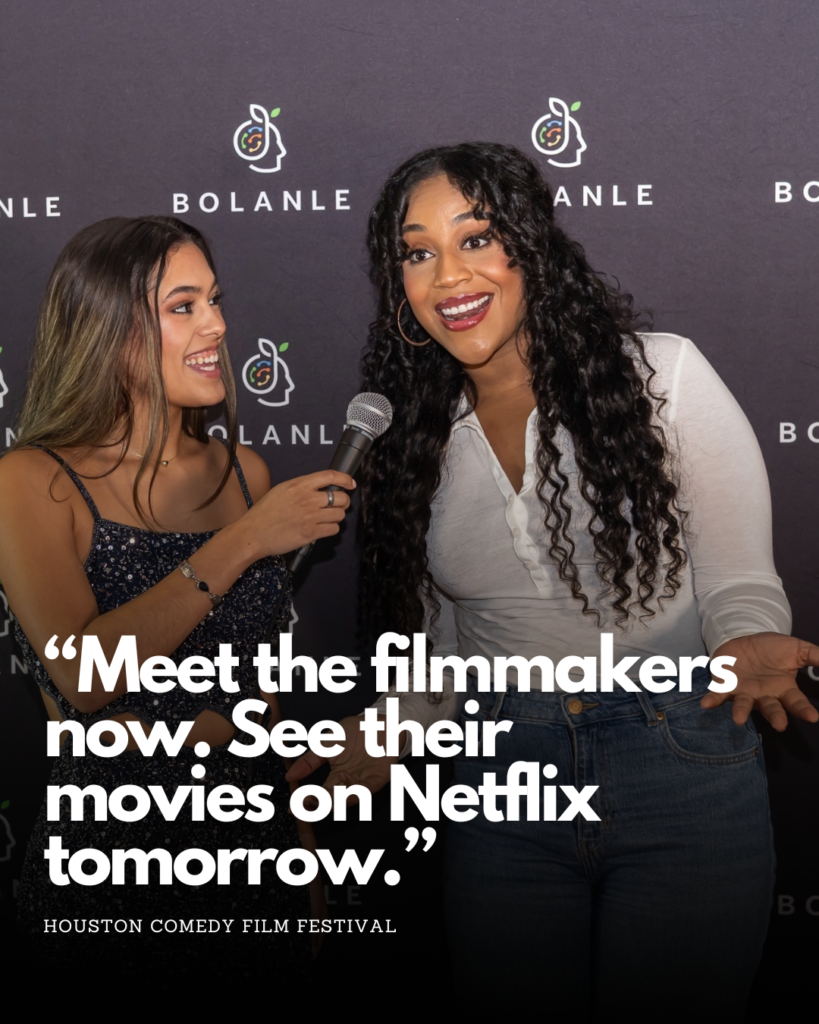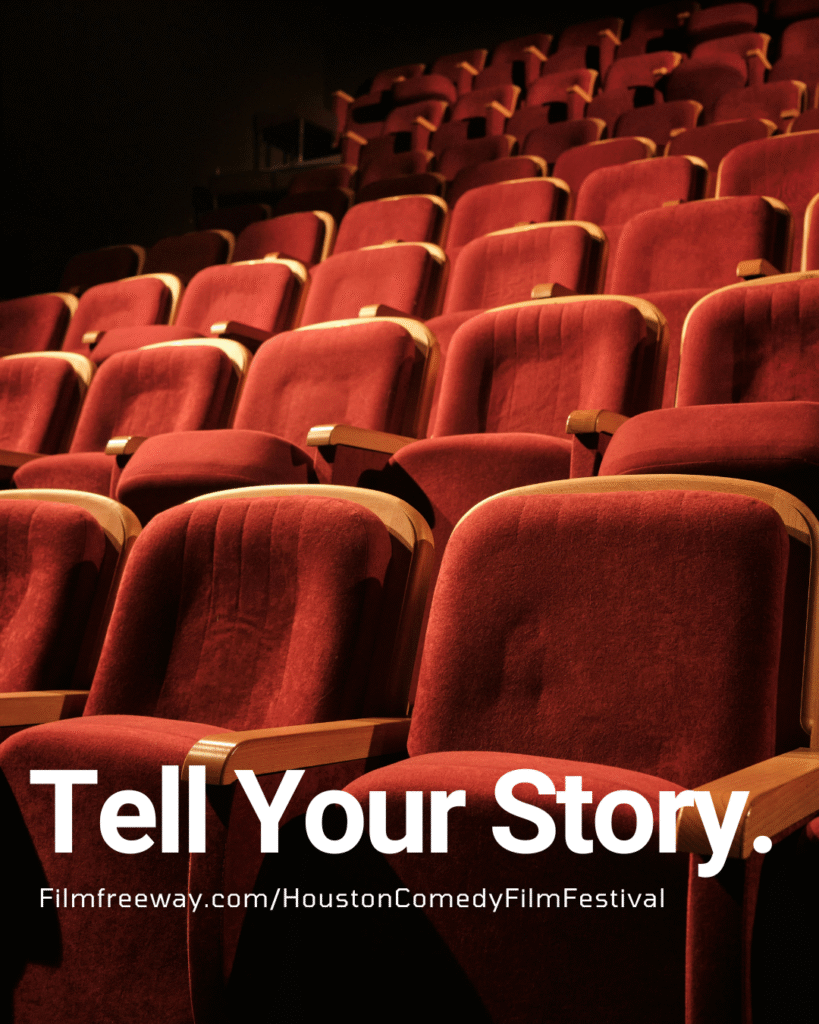Entertainment
Khloe Kardashian Calls Out Kris Jenner’s Managerial Flaws During Tense Talk on November 2, 2023 at 4:00 am Us Weekly
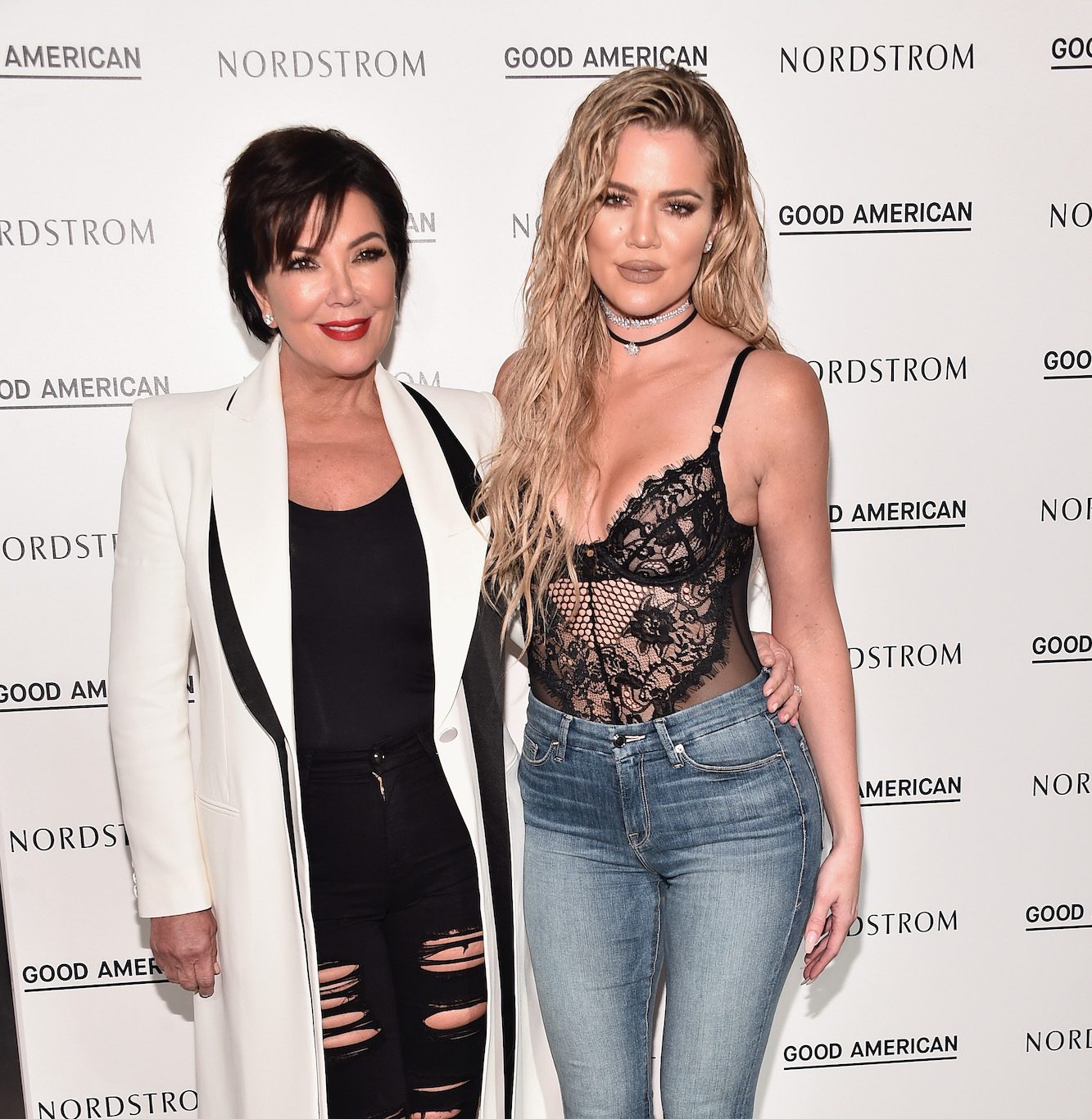
Khloé Kardashian is not pleased with Kris Jenner‘s role as her manager — and she’s not holding back.
During the Thursday, November 2, episode of The Kardashians, Kris, 67, was excited to present Khloé, 39, a pitch for a new project.
“I’m trying to figure out what [Khloé’s] next chapter might be,” Kris shared in a confessional interview. “She’s so funny and so smart and so articulate and so great with people. I thought, ‘Wow, you know what? I would love to listen to Khloé’s point of view on so many different things.’”
Kris thought her daughter had the perfect skill set to run a podcast, adding, “I really feel strongly that you should have a podcast, which now everyone is doing from their house. You could come over to Kylie Cosmetics down the street and you could record there once a week. I think you would really be a person I would listen to, and you are my daughter.”
Khloé, however, wasn’t as interested in the idea because of the issues that could come up in the long run.
“But you have to weigh out risk vs. reward. Let’s say I am accidentally talking about [my stepparent] Caitlyn [Jenner] and I say Bruce for a second,” she said about the former athlete, who transitioned in 2015. “I would know that it was an innocent mistake — it wouldn’t be with malice intent. That little thing that seems so innocent, I could be annihilated for.”
Although Kris understood Khloé’s concerns, she still attempted to change her daughter’s mind. Kris, who also represents Kim Kardashian, Kourtney Kardashian, Rob Kardashian, Kendall Jenner and Kylie Jenner, tried to convince Khloé not to let fear control her decisions.
The conversation took a tense turn when Khloé pointed out how she hasn’t felt supported by Kris.
“I can’t take on other responsibilities like starting something completely new because I don’t have a team to lean on. I don’t have a management team. You are only there until the contract is signed and you disappear until you want to bring me the next contract,” Khloé claimed. “That is your choice. You are in your 60s and you have managed your ass off — you got all of us to where we are. I am not complaining about that, I am just pointing it out.”
Khloé said her mental health took a hit because of how overwhelmed she has been in her professional life, adding, “I don’t have a middleman to go to to say, ‘I need help.’ You have no idea how I don’t sleep [and] how I can’t do any of the things I should be doing because I am trying to fix the f–kups.”
Kris, however, was more interested in making plans for the future. She acknowledged Khloé’s “frustrations” but still kept pushing the podcast project. In response, Khloé said it didn’t make sense for her to take on something new.
Kris Jenner and Khloe Kardashian. Alberto E. Rodriguez/Getty Images
“Before I take on another project, I need to fix the 20 that are so f–ked up. I don’t even know how to do that and you don’t even know how to do that. Because if you did then it would be fixed by now. And it’s not,” the reality star noted. “One of my frustrations with you is that there’s not a lot of follow-through after something is done. This is me talking to you as a manager.”
Khloé also questioned why she couldn’t get in contact with Kris about her career.
“When I get a hold of you hours later, that makes me boil in whatever my issue is,” she said about Kris’ frequent vacations and various dinners. “When you want to take on multiple clients, you have to fulfill their multiple and different needs. You don’t give enough to each one because you physically can’t. There’s no possible way that she can do everything on her own and have everyone feel that they are equally taken care of.”
When Kris couldn’t offer suggestions on how to fix the problem, Khloé made it clear that she didn’t “trust” her.
“I have never had a team built in one of the other jobs I’ve ever had since I’ve been working for you. Do I have one person at Good American that represents me? Also from my management side, who can I call besides you that will give me an answer immediately? Because I can’t name one person,” she told Kris. “I never feel like there are people looking out for me. I have to do it all on my own in every single category and job I have.”
Kris stood by her opinion that Khloé was missing the bigger picture. Even though Kris thought she saw things “differently” than Khloe, she still wanted to offer her daughter a professional solution. Khloé, meanwhile, argued that her mother wasn’t listening to her.
“There are issues that I have with my manager. Not my mom, my manager. When I try to address those issues, I get a lot of pushback and it is always guilt trip things that a mom would do. Those lines get very blurred. They are really gray,” she said in a confessional.
The discussion concluded with Khloé firmly shutting down Kris’ attempts at a resolution, saying, “What I am getting at is I am not going to continue the conversation and I am not talking to this bulls–t that you keep trying because I am never f–king heard. We put a band-aid over a bullet hole and she likes to patronize me and be like, ‘Everything is fine. We will work on it.’ It is all bulls–t. I am so turned off from all of this.”
Kris stood her ground by asking why Khloé was “spiraling” in the wrong direction.
“You are just somewhere else,” Kris said. “I don’t want to put salt on a wound. I want your wounds to be necessarily taken care of. Calm down, Khloé. You are getting upset again, and it is just festering into these other things. It is not healthy for you.”
The episode ended with Khloé and Kris still at odds. In a preview for next week’s episode, Kris told Kathy Hilton and Paris Hilton that she didn’t feel at fault.
“Khloé’s mad at me because I haven’t been paying enough attention to her. She thinks I can be at four places at the same time,” she told the mother-daughter duo.
In a confessional, meanwhile, Khloé made it clear she wants to address the issue, adding, “Things haven’t been resolved between me and my mom. We definitely need to talk things out.”
New episodes of The Kardashians air on Hulu every Thursday.
Khloé Kardashian is not pleased with Kris Jenner‘s role as her manager — and she’s not holding back. During the Thursday, November 2, episode of The Kardashians, Kris, 67, was excited to present Khloé, 39, a pitch for a new project. “I’m trying to figure out what [Khloé’s] next chapter might be,” Kris shared in
Us Weekly Read More
Entertainment
What We Can Learn Inside 50 Cent’s Explosive Diddy Documentary: 5 Reasons You Should Watch

50 Cent’s new Netflix docuseries about Sean “Diddy” Combs is more than a headline-grabbing exposé; it is a meticulous breakdown of how power, celebrity, and silence can collide in the entertainment industry.
Across its episodes, the series traces Diddy’s rise, the allegations that followed him for years, and the shocking footage and testimonies now forcing a wider cultural reckoning.

1. It Chronicles Diddy’s Rise and Fall – And How Power Warps Reality
The docuseries follows Combs from hitmaker and business icon to a figure facing serious criminal conviction and public disgrace, mapping out decades of influence, branding, and behind-the-scenes behavior. Watching that arc shows how money, fame, and industry relationships can shield someone from scrutiny and delay accountability, even as disturbing accusations accumulate.
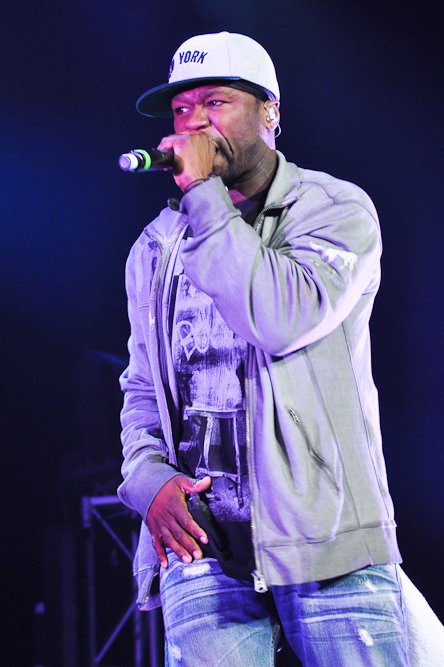
2. Never-Before-Seen Footage Shows How Narratives Are Managed
Exclusive footage of Diddy in private settings and in the tense days around his legal troubles reveals how carefully celebrity narratives are shaped, even in crisis.
Viewers can learn to question polished statements and recognize that what looks spontaneous in public is often the result of strategy, damage control, and legal calculation.
3. Survivors’ Stories Highlight Patterns of Abuse and Silence
Interviews with alleged victims, former staff, and industry insiders describe patterns of control, fear, and emotional or physical harm that were long whispered about but rarely aired in this detail. Their stories underline how difficult it is to speak out against a powerful figure, teaching viewers why many survivors delay disclosure and why consistent patterns across multiple accounts matter.
4. 50 Cent’s Approach Shows Storytelling as a Tool for Accountability
As executive producer, 50 Cent uses his reputation and platform to push a project that leans into uncomfortable truths rather than protecting industry relationships. The series demonstrates how documentary storytelling can challenge established power structures, elevate marginalized voices, and pressure institutions to respond when traditional systems have failed.
5. The Cultural Backlash Reveals How Society Handles Celebrity Accountability
Reactions to the doc—ranging from people calling it necessary and brave to others dismissing it as a vendetta or smear campaign—expose how emotionally invested audiences can be in defending or condemning a famous figure. Watching that debate unfold helps viewers see how fandom, nostalgia, and bias influence who is believed, and why conversations about “cancel culture” often mask deeper questions about justice and who is considered too powerful to fall.
Entertainment
South Park’s Christmas Episode Delivers the Antichrist
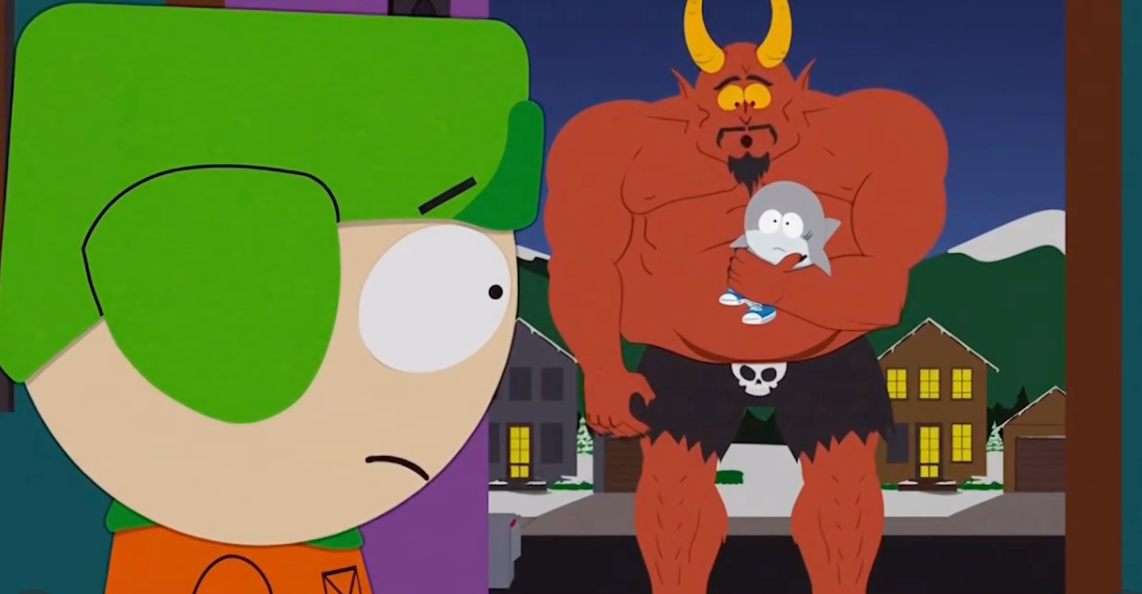
A new Christmas-themed episode of South Park is scheduled to air with a central plot in which Satan is depicted as preparing for the birth of an Antichrist figure. The premise extends a season-long narrative arc that has involved Satan, Donald Trump, and apocalyptic rhetoric, positioning this holiday episode as a culmination of those storylines rather than a stand‑alone concept.
Episode premise and season context
According to published synopses and entertainment coverage, the episode frames the Antichrist as part of a fictional storyline that blends religious symbolism with commentary on politics, media, and cultural fear. This follows earlier Season 28 episodes that introduced ideas about Trump fathering an Antichrist child and tech billionaire Peter Thiel obsessing over prophecy and end‑times narratives. The Christmas setting is presented as a contrast to the darker themes, reflecting the series’ pattern of pairing holiday imagery with controversial subject matter.
Public and political reactions
Coverage notes that some figures connected to Donald Trump’s political orbit have criticized the season’s portrayal of Trump and his allies, describing the show as relying on shock tactics rather than substantive critique. Commentators highlight that these objections are directed more at the depiction of real political figures and the show’s tone than at the specific theology of the Antichrist storyline.
At the time of reporting, there have not been widely reported, detailed statements from major religious leaders focused solely on this Christmas episode, though religion-focused criticism of South Park in general has a long history.
Media and cultural commentary
Entertainment outlets such as The Hollywood Reporter, Entertainment Weekly, Forbes, Slate, and USA Today describe the Antichrist arc as part of South Park’s ongoing use of Trump-era and tech-world politics as material for satire.
Viewer guidance and content advisory
South Park is rated TV‑MA and is intended for adult audiences due to strong language, explicit themes, and frequent use of religious and political satire. Viewers who are sensitive to depictions of Satan, the Antichrist, or parodies involving real political figures may find this episode particularly objectionable, while others may view it as consistent with the show’s long‑running approach to controversial topics. As with previous episodes, individual responses are likely to vary widely, and the episode is best understood as part of an ongoing satirical series rather than a factual or theological statement.
Entertainment
Sydney Sweeney Finally Confronts the Plastic Surgery Rumors

Sydney Sweeney has decided she is finished watching strangers on the internet treat her face like a forensic project. After years of side‑by‑side screenshots, “then vs now” TikToks, and long comment threads wondering what work she has supposedly had done, the actor is now addressing the plastic surgery rumors directly—and using them to say something larger about how women are looked at in Hollywood and online.
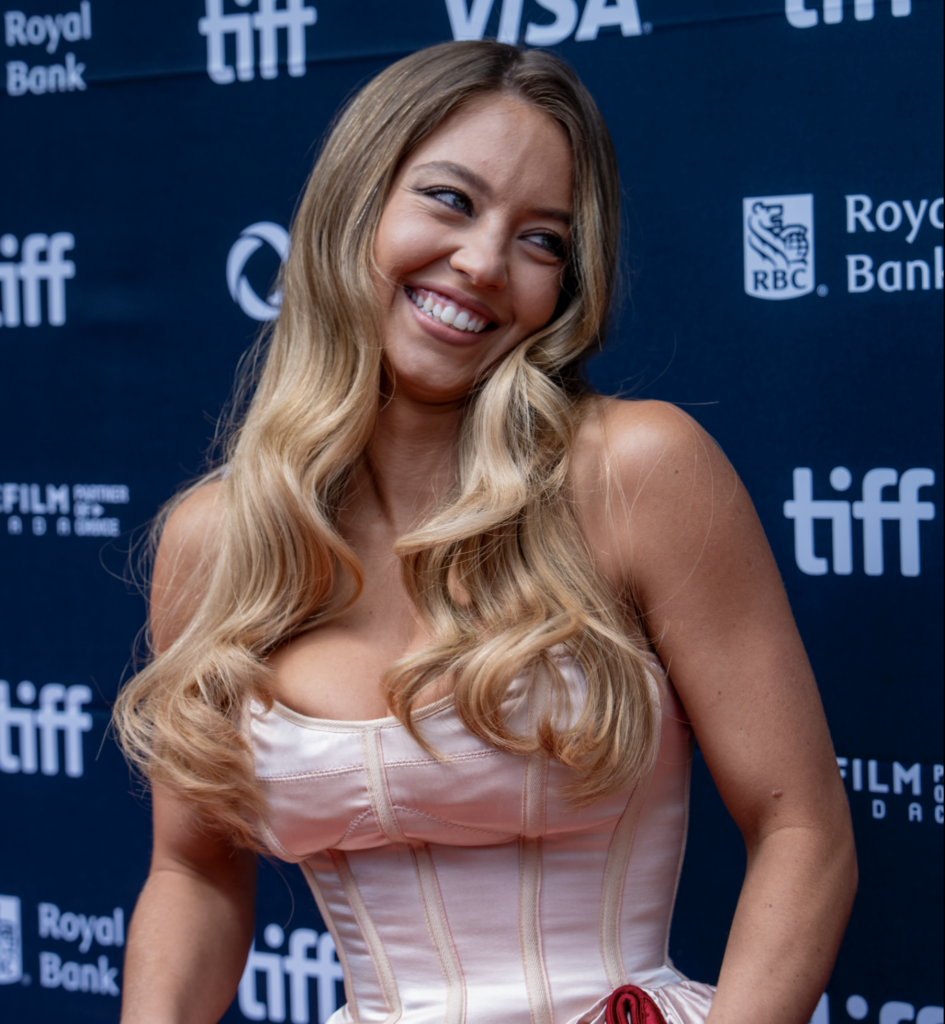
Growing Up on Camera vs. “Before and After” Culture
Sweeney points out that people are often mistaking normal changes for procedures: she grew up on camera, her roles now come with big‑budget glam teams, and her body has shifted as she has trained, aged, and worked nonstop. Yet every new red‑carpet photo gets folded into a narrative that assumes surgeons, not time, are responsible. Rather than walking through a checklist of what is “real,” she emphasizes how bizarre it is that internet detectives comb through pores, noses, and jawlines as if they are owed an explanation for every contour of a woman’s face.
The Real Problem Isn’t Her Face
By speaking up, Sweeney is redirecting the conversation away from her features and toward the culture that obsesses over them.
She argues that the real issue isn’t whether an actress has had work done, but why audiences feel so entitled to dissect her body as public property in the first place.
For her, the constant speculation is less about curiosity and more about control—another way to tell women what they should look like and punish them when they do not fit. In calling out that dynamic, Sweeney isn’t just defending herself; she is forcing fans and followers to ask why tearing apart someone else’s appearance has become such a popular form of entertainment.

